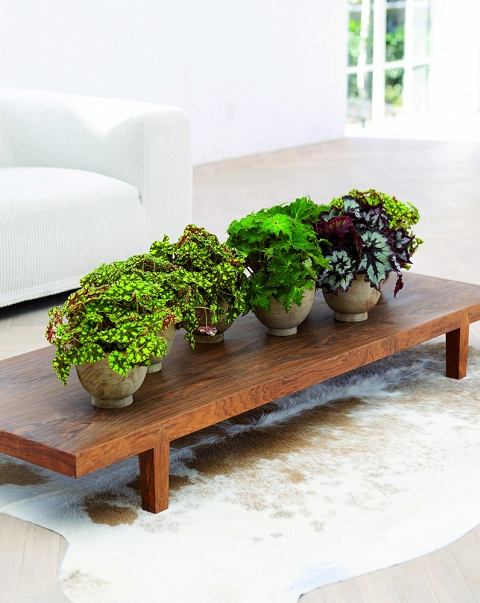 A "depletion" of the soil of our indoor potted plants due to the withdrawal of the nutrients of organic and inorganic origin contained in it must be counteracted by appropriate fertilization. Theoretically you could get the nutritional needs, when it exceeds the supply in the earth-filled pot, satisfy by constant transplanting into new soil. However, this is not possible at all times and is associated with disruptions, especially during the increased nutrient consumption during the main growth period, the mainly flowering plants do not do particularly well.
A "depletion" of the soil of our indoor potted plants due to the withdrawal of the nutrients of organic and inorganic origin contained in it must be counteracted by appropriate fertilization. Theoretically you could get the nutritional needs, when it exceeds the supply in the earth-filled pot, satisfy by constant transplanting into new soil. However, this is not possible at all times and is associated with disruptions, especially during the increased nutrient consumption during the main growth period, the mainly flowering plants do not do particularly well.
Incidentally, indoor plants in pots that are too large can look unattractive! The soil in such spacious containers is often not sufficiently aerated. A lack of oxygen and acidification of the soil then easily lead to root damage, which result in stunted growth or even loss of the plant. A prerequisite for the use of an ample supply of nutrients is a healthy root system. So as long as the pot is still in proportion to the size of the plant, you should ensure that the houseplants replace the nutrients they have used up with liquid top-up fertilizer.
Such additional fertilization should only be given to healthy plants. suffer, Glutos. h. Such fertilization only harms plants whose normal development has been hampered by root damage. Also with plants, which are in dormant growth, fertilizing is pointless and usually even harmful.
Some plant friends are looking – according to recipes from grandfather's time -, by using pigeon manure, eggshell washer, coffee grounds and various tea infusions to reach particularly vigorously growing and magnificently flowering indoor plants. For the modern room gardening, however, one would like (not least for hygienic and aesthetic reasons!) advise against such fertilizers. To get a quick effect, the nutrients should be given as mineral fertilizers in a form that the plant can easily absorb.